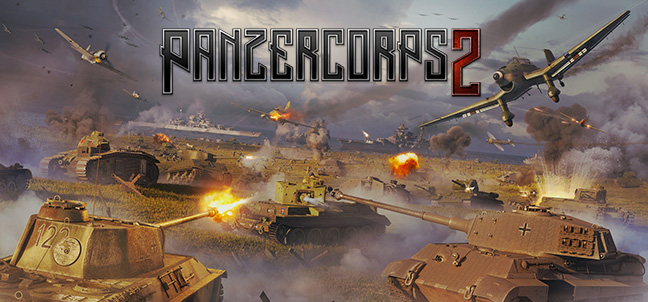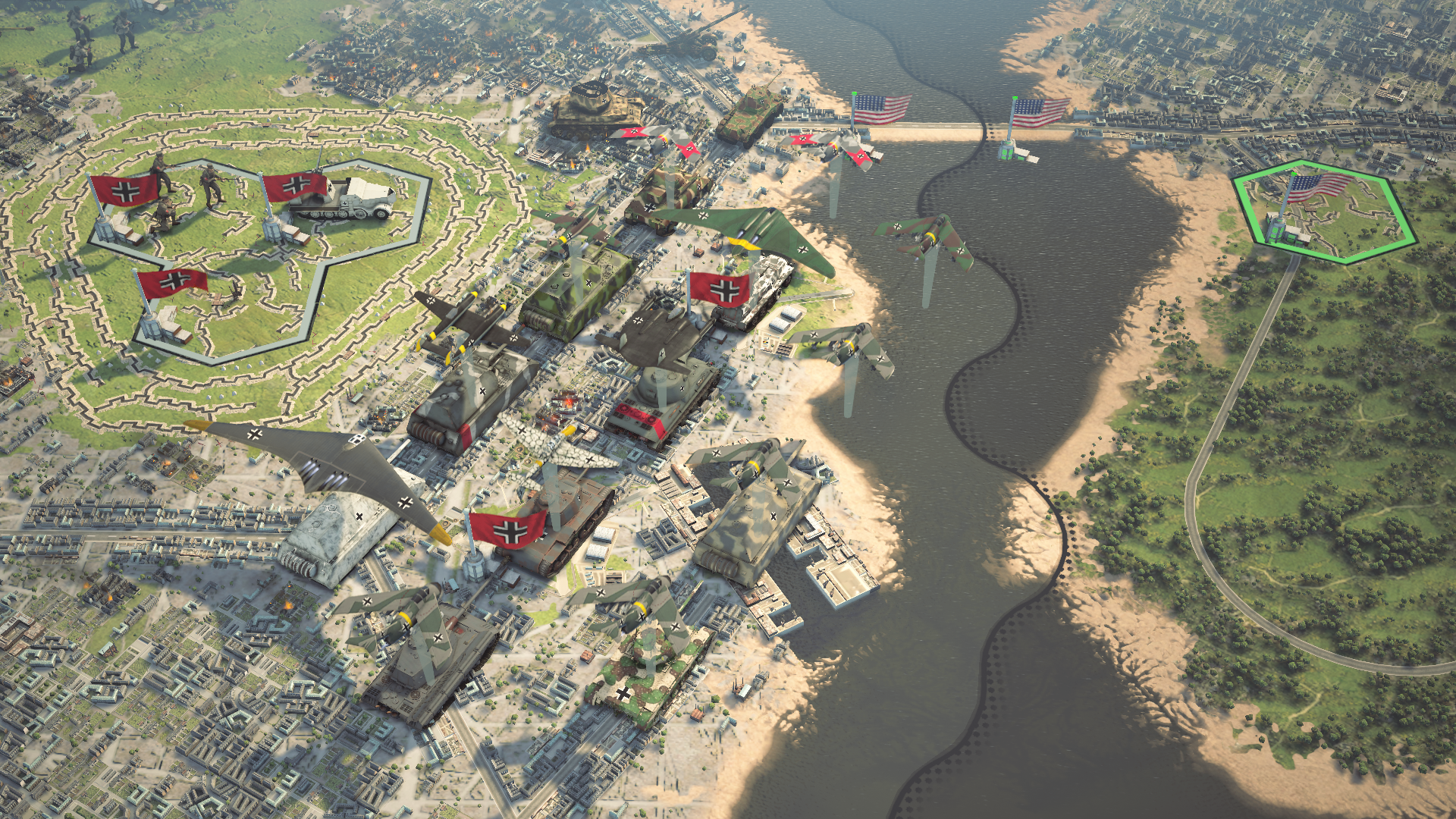
Achtung Panzer Generals! We are only one week away from Axis Operations 1946 arriving, and so we have one more Dev Diary to share with you as a final preview to what’s coming.
So far we’ve looked at many examples of new aircraft, American equipment, and even Landkreuzers, but with more than 50 new models being added for Axis Operations 1946, we still have even more to showcase! Today we’ll be looking at not just new German equipment, but also some other Axis equipment.
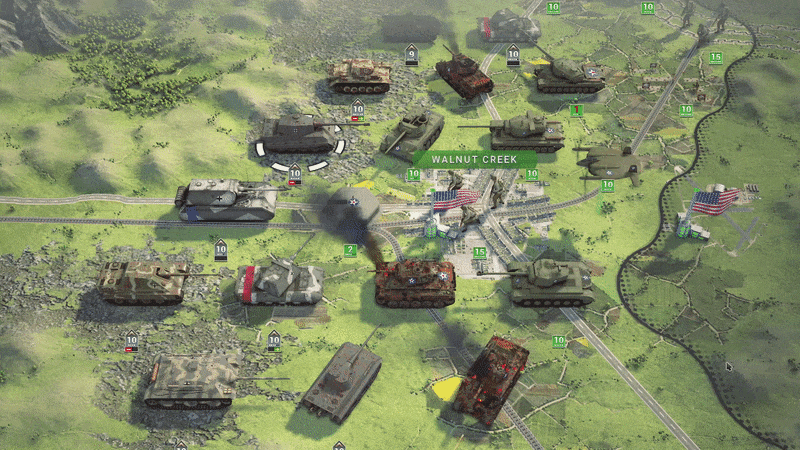
German Equipment
The first order of business is to look at the whole E-series of vehicles. Not only do we have models for them all now, but we have a pretty specific concept for approaching their stats and balance.

As a quick preamble, let’s talk a little bit about logistics. Everyone likes to say the Sherman was not a very good tank, and they’ll go to pointing to stats like needing a dozen Shermans to take on a single Tiger, as the Sherman 75mm gun was just not able to penetrate the frontal protection of a Tiger at any range, and needed to close in for a side or rear shot for any chance at knocking out a Tiger tank.
While all that is well and true, it has to be remembered that Sherman tanks needed to be very transportable, not just crossing the English Channel, but starting their journey all the way in the United States before travelling across literal oceans to fight in European or Pacific Theaters.
Given the entire purpose of the German E-series was to create streamlined designs that were easier to mass produce and less prone to mechanical failure, we thought this was a perfect opportunity to put the shoe on the other foot, and give the E-series of tanks more varied stats than just increasing their power over existing designs such as the Panzer VII Lion or Panzer VIII Maus.
But rather than work our way up, let’s start big with the E-100 and work our way down!

First off, we have the E-100 Heavy Tank. Before we talk about the tank, let’s compare its stats to the existing Panzer VIII Maus:
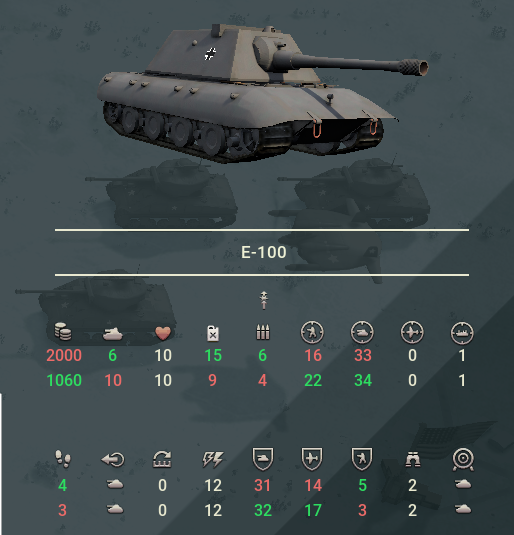
So right away, we can see there is a bit of give and take going on here. While the E-100 has undeniably weaker attack and defensive values with a higher prestige cost doubling the existing Maus, it also has an incredibly low slot cost, even lower than a Tiger I. And compared to the venerable old Tiger I, the new E-100 has superior stats in every category except Soft Attack!
Like the Huckebein we saw before, the E-100 is a vehicle we want to coexist alongside existing German Heavies in the 1946 campaign. While a tank fleet of Lions or Maus with respective CORE slots weighing in at 9 and 10 will VERY quickly eat up your slot limit, the slightly leaner E-100 is a very combat effective alternative with a much lighter logistical footprint on your forces. Of course, it does carry that insanely high prestige cost to purchase (and repair!) so better make sure you grab a few bonus objectives to pay for your shiny new E-series tanks.
We’ve had the E-75 in Panzer Corps 2 for a while now, so we’ll move ahead to the E-50.
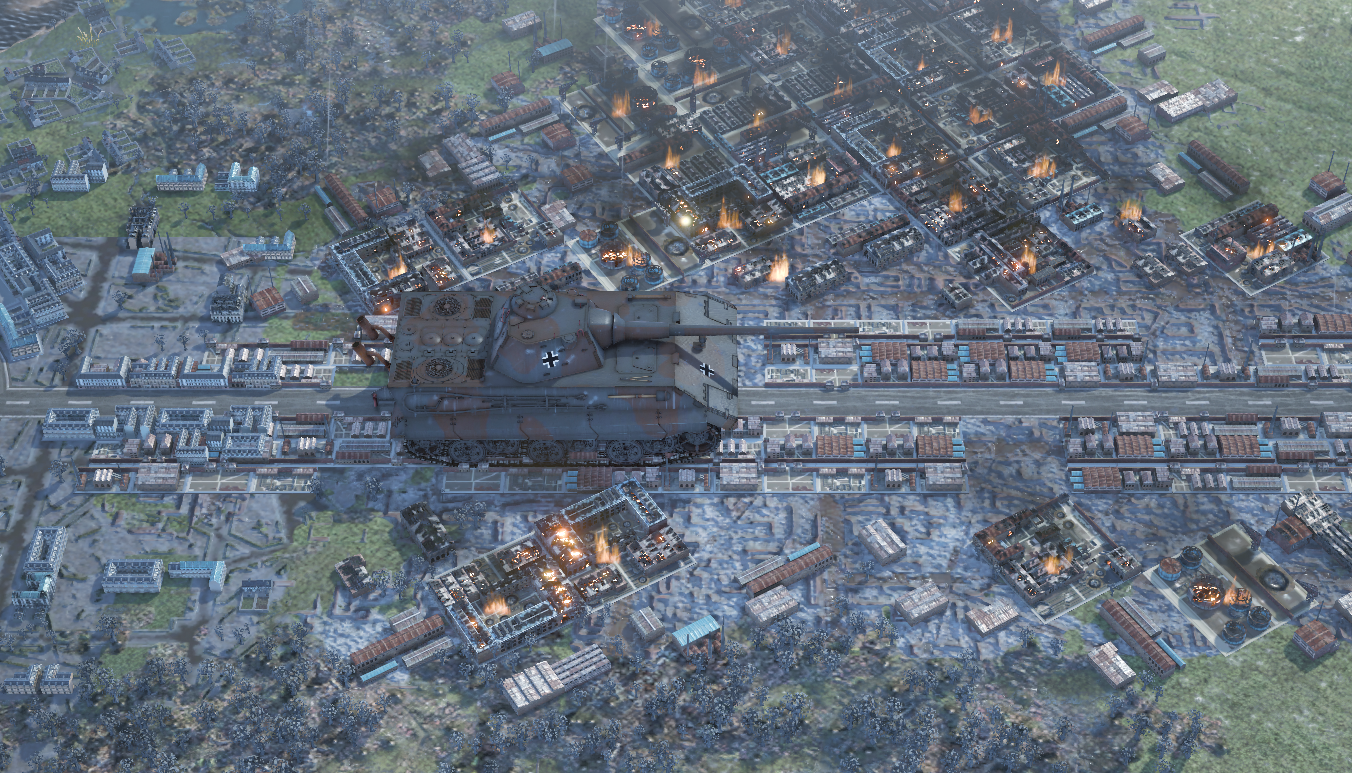
Where the E-100 might be considered a streamlined Maus, and an E-75 is a refined and upgrade Tiger II, the E-50 is definitely a next generation Panther tank.
With very similar stats to the new Panther II we introduced previously, the E-50 comes in at a shocking 4 CORE slots, giving it the logistical footprint of a late model Panzer III M! So if you want something with Panther speed and power but the slot cost of a Panzer III, the E-50 is your weapon of choice. Just keep in mind, this sleek and streamlined tank platform might struggle against the heaviest American equipment, as your E-50 has become the ocean travelling design while something like an American Longstreet is a heavy beast that is made to defend the land it was built on!
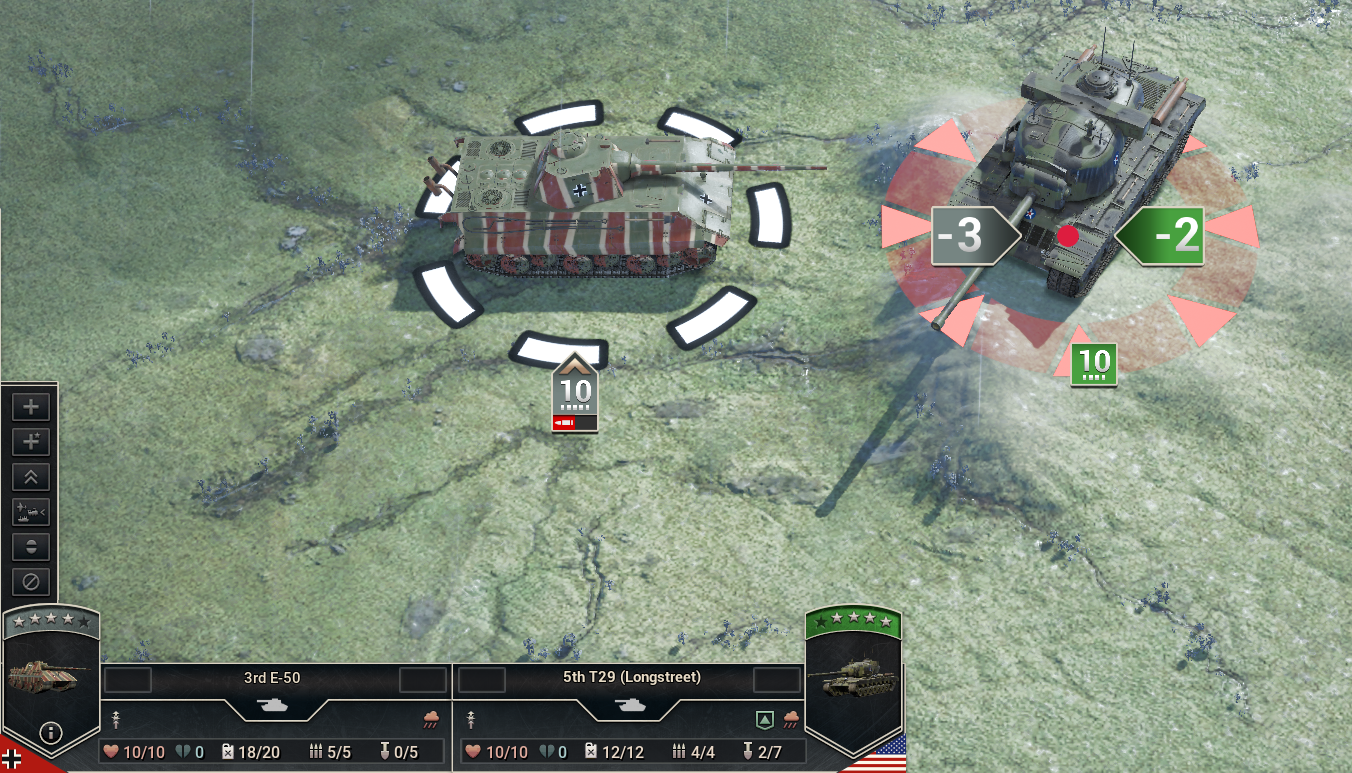
Further down the line, we have the E-25, an anti-tank platform in the E-Series.

Like the E-100 and Maus comparison, the E-25 faces a similar relationship with the existing Jagdpanther. The Jagdpanther’s stats definitely far exceed the relatively diminutive E-25. Our one saving grace for the E-25 is that it comes in at half the slot cost of the Hunting Panther, and that makes it a very cheap and reliable vanguard unit that you can deploy en masse, as you can literally deploy twice as many E-25s as you can Jagdpanthers. And compared to the workhorse StuG IIIG, the E-25 is a pure upgrade in every sense, including a lower slot cost than the StuG IIIG.
Lastly, we have the E-10, another anti-tank platform.
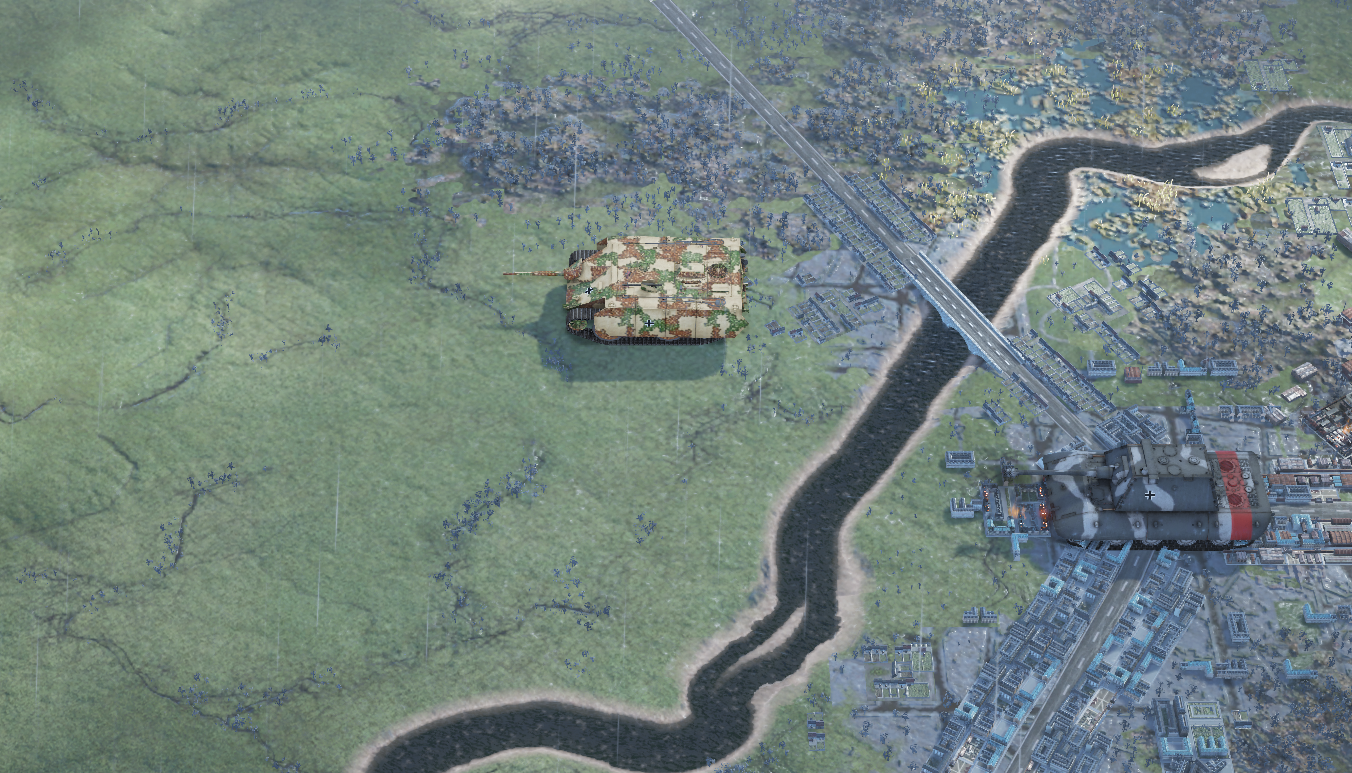
Like the Hetzer, a similar lighter self propelled anti-tank design, the E-10 somewhat struggles to find its place amongst bigger and more lethal platforms like the Jagdpanther and Jagdtiger. Even so, this unit serves its role as a slot inexpensive unit to deploy, the perfect sort of unit for protecting distant objectives that need a watch over, as slot expensive units are ill-spent on garrison duty type tasks. Expect to see the E-10 a few times in this defensive role, and there’s definitely one very specific scenario the E-10 and E-25 absolutely shine in, but we don’t want to spoil that particular battle! Let’s just say it’s the kind of battle you want a... expendable delaying force to take the brunt of enemy attacks, instead of risking your elite veteran units in their big slow Jagdtigers or Maus in such a dangerous position.
Up next we’ll look at a few non-German Axis units starting with one very special piece of...
Nationalist Spanish Aid
As with the Second World War proper, the role of Nationalist Spain is going to be extremely limited in Axis Operations 1946. But we have not forgotten about Germany’s Spanish allies, and so their contribution to 1946 comes in the form of a very special and original concept tank made exclusively for Panzer Corps 2: the Verdeja 3!

So basically the story goes in our Alternate Timeline is that, much like in our History, Germany shared the spoils of captured Allied equipment with its fellow Axis Nations. While Nationalist Spain ostensibly remained neutral in the Second World War, we thought they could lend their aid to Axis Operations 1946 by marrying the hull of their Verdeja 2 design with a new turret taken from stocks of captured Soviet KV-85s.
And I have to say, I think the hull size and shape looks very cool with this larger KV-85 turret on it!
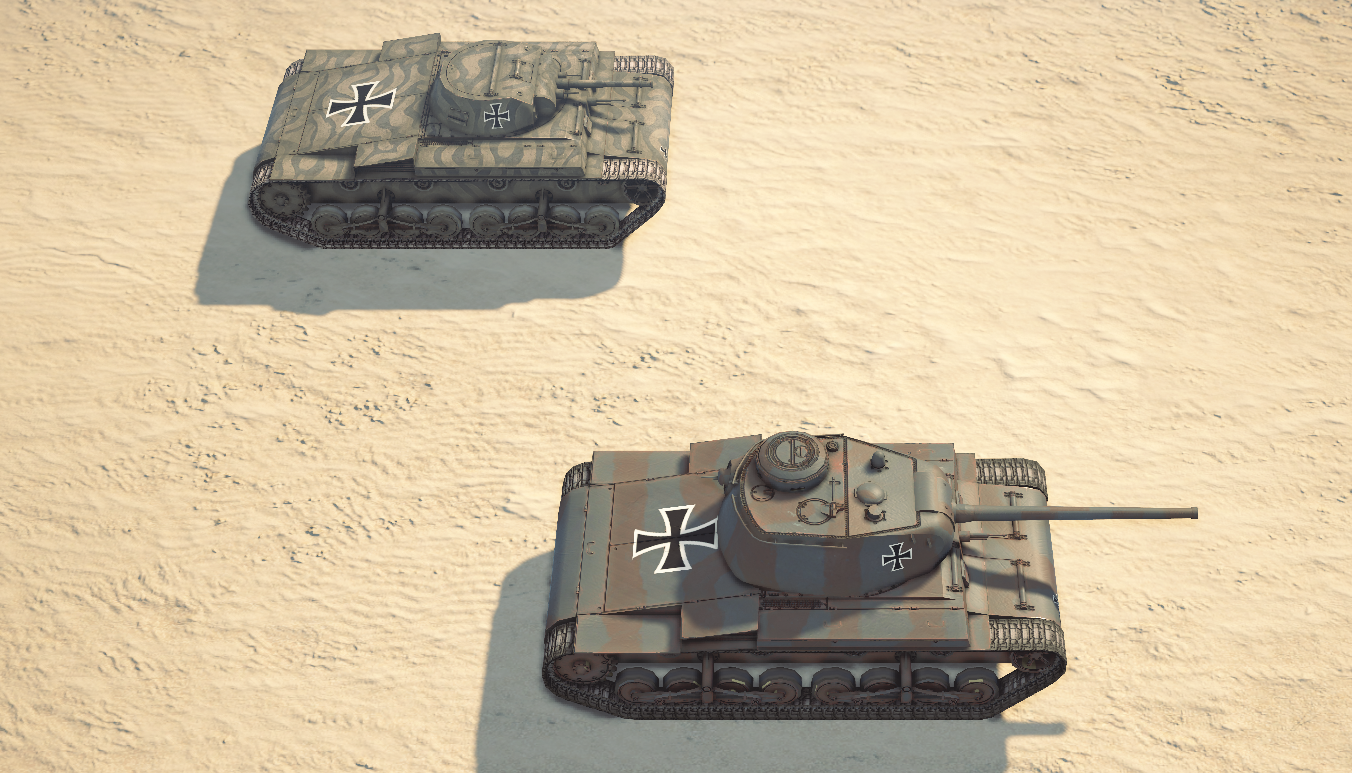
One more thing we should note, the Verdeja 3, given its Spanish origins, is not available for purchase as a normal unit during Axis Operations 1946. So how do you get a Verdeja 3? I’d start looking at some Elite Objectives if you want to get your hands on this very special reward! Did I mention it has some pretty insane stats?

The only way we could keep stats this good and slot cost that low was to make it available in limited amounts and also place the unit behind the wall of Elite Objective completion!
Japanese Units in 1946
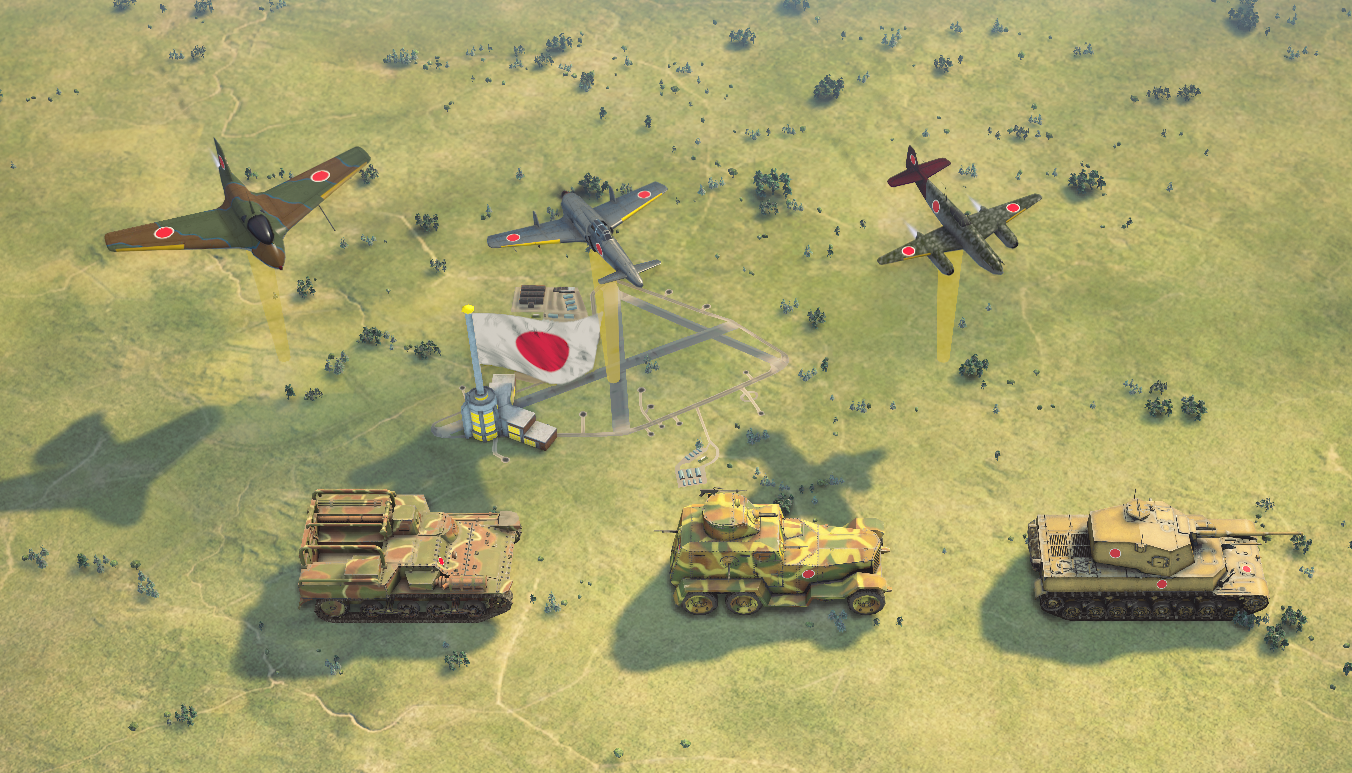
So joining Japan in a mutual Axis invasion on the Western Coast of the United States is a little bit of a conundrum. We listened to Spanish Civil War feedback, and we’ve opted to NOT make Japan an AI controlled ally that you need to heavily rely upon. As interesting and thematic as that concept was for the Spanish Civil War, we have to agree it was frustrating for players to rely on a unit as critical as infantry in the hands of an AI ally you could only give vague instructions to. Either way, such a relationship between Germany and Japan would be inappropriate for 1946, so we’re approaching them a little bit differently.
You’ll see Japanese AI units in several scenarios, especially early on as the Japanese Combined Fleet assists in naval operations at the start of the invasion. But these units have their own orders and instructions, and it should not interfere with your Primary, Bonus, or Elite Objectives.
Here for example, we see the newly produced Nagato Class Battleship, in all of its super-sized model glory!

To use your own Japanese units, well we also wanted to keep that door open, and so we made acquiring a few new Japanese units possible through Elite Objective rewards. Have fun finding out what kind of rewards are sprinkled throughout the multitude of Elite Objectives present in practically every scenario of Axis Operations 1946!
Conclusion
We hope you enjoyed these previews of so many of the new units arriving alongside Axis Operations 1946. This campaign has been an absolutely monumental work of total passion to produce, and we’re incredibly eager to get it into your hands to enjoy very soon!
















